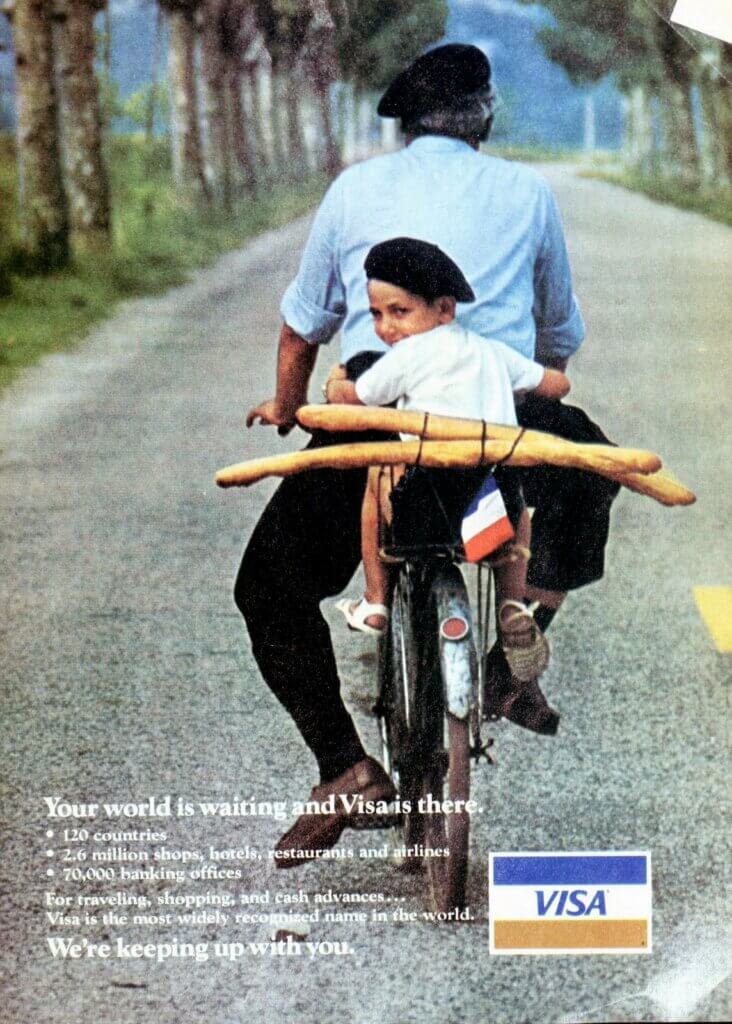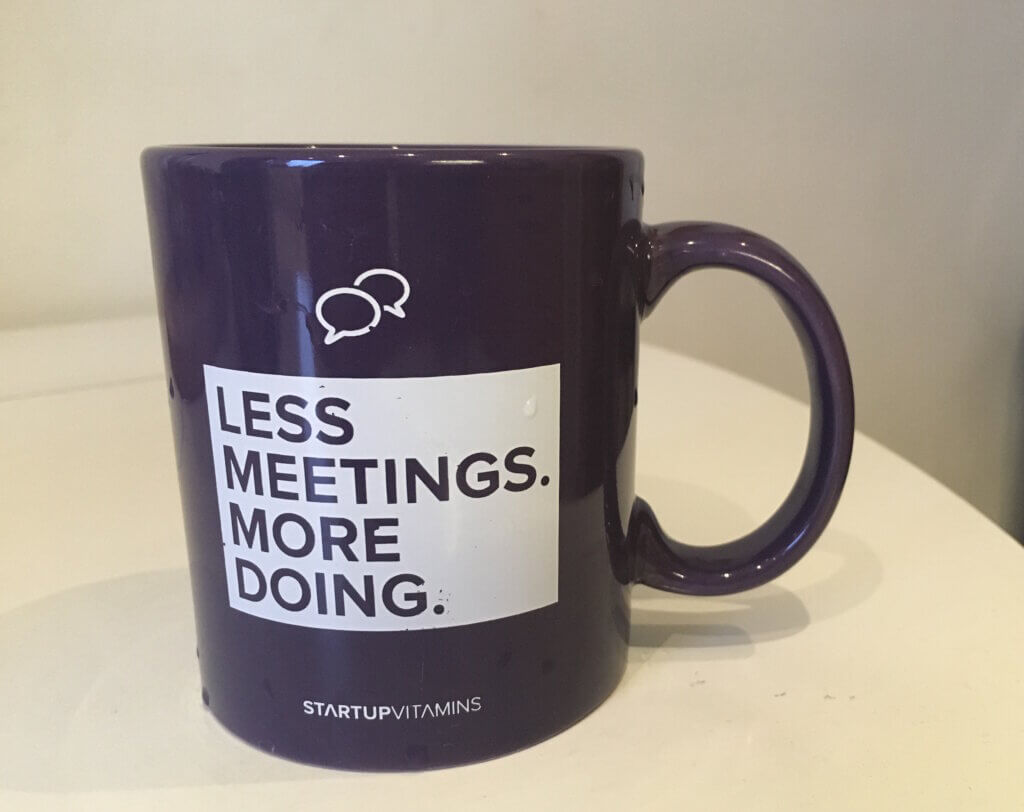Associations exist only in the mind
 Professional, trade, and public interest associations are significant businesses. In the United States alone, associations employ more than 1.6 million people and generate an annual payroll of ~$50 billion. Yet, ultimately, associations exist only in the mind.
Professional, trade, and public interest associations are significant businesses. In the United States alone, associations employ more than 1.6 million people and generate an annual payroll of ~$50 billion. Yet, ultimately, associations exist only in the mind.
Stay with me! Here’s a story that may convince you of this point of view.
Once upon a time…
Fifty years ago, every business wanting to offer credit to its customers needed its own independent system. Individual banks were trying to encourage merchants and customers to adopt newfangled things called “credit cards”, but they failed to solve the chicken-and-egg problem that consumers did not want to use a card that few merchants would accept and merchants did not want to accept a card that few consumers used.
Then in 1966, a man named Dee Hock had the vision, determination, resources, and a little luck to break this logjam. Dee described his journey in a fascinating book he wrote after his retirement in 1984, intriguingly titled: Birth of The Chaordic Age. Dee was the first CEO of what became the mammoth multinational financial services corporation VISA, a company with a current market capitalization of over $200B.
What has this to do with associations? Well, VISA has never issued cards, extended credit, or set rates and fees for consumers. The company is, in structure if not in capitalist terms, an association of tens of thousands of member banks. They offer VISA-branded credit, debit, prepaid, and cash-access programs to their hundreds of millions of customers. While competing with each other for customers, these banks agree to honor each other’s trillions of dollars in transactions annually across borders and currencies.
A set of agreements
At its core, VISA is a set of agreements between its members. The company’s value to its owners and customers is created from its members’ mutual agreements. Without those agreements, VISA would not exist. We would return to the pre-VISA world when every financial entity needed its own system of offering customer credit.
VISA is an atypical kind of for-profit organization. However, its core purpose is essentially identical to that of trade and professional associations. Associations are society’s instantiations of communities of practice, groups of people who share a common interest, profession, or passion and agree to actively engage around what they have in common. That leads us to Dee Hock’s (and my) view of organizations like VISA and associations:
“…organizations exist only in the mind; they are no more than the conceptual embodiments of the ancient idea of community.”
—Dee Hock, Birth of The Chaordic Age
When associations go astray
This perspective is extremely important because it’s easy for associations to forget their initial and continued reasons for existence. Every association is created when at some moment in time a group of people with something in common wants to further a particular profession and/or the interests of those engaged in a profession and/or the public interest. Typically, the community already exists informally. Its “members” want to create a formal, legal structure to support, deepen, and widen its reach.
Associations can, however, lose sight of this primal and ongoing purpose. When this happens, they concentrate on self-perpetuation and/or expansion at the expense of supporting the community of practice for which they were created. Remembering that an association is, at its core, a set of agreements in people’s minds about the instantiation of a community that is important to them is key to keeping the association relevant to the community it serves.
So remember that associations exist only in the mind. Keeping an association’s purpose foremost is critical to maintaining its community of practice’s core reasons for being.
Image attribution: CNBC

 “Less Meetings, More Doing?”
“Less Meetings, More Doing?”